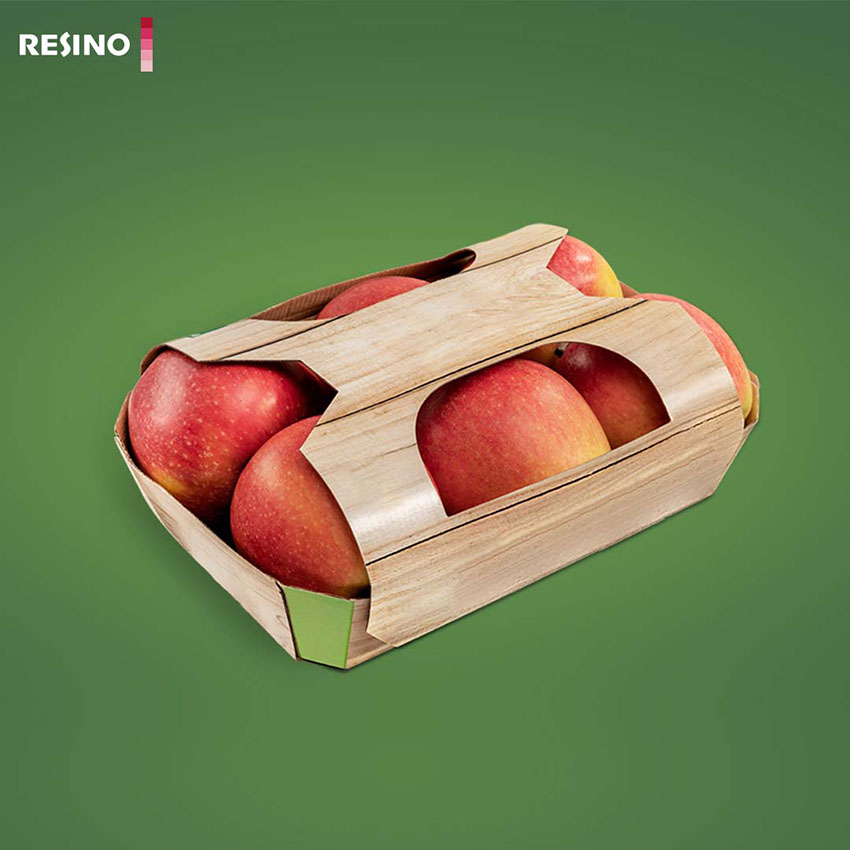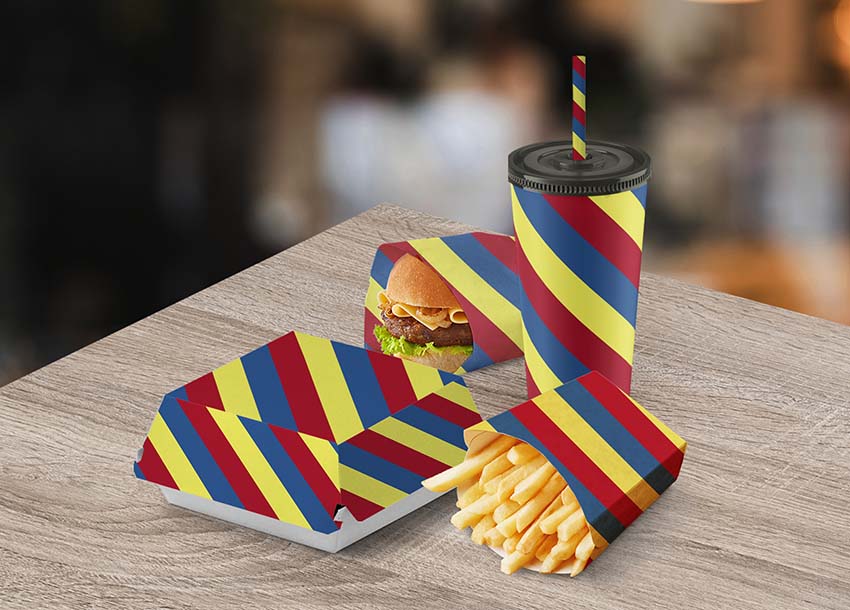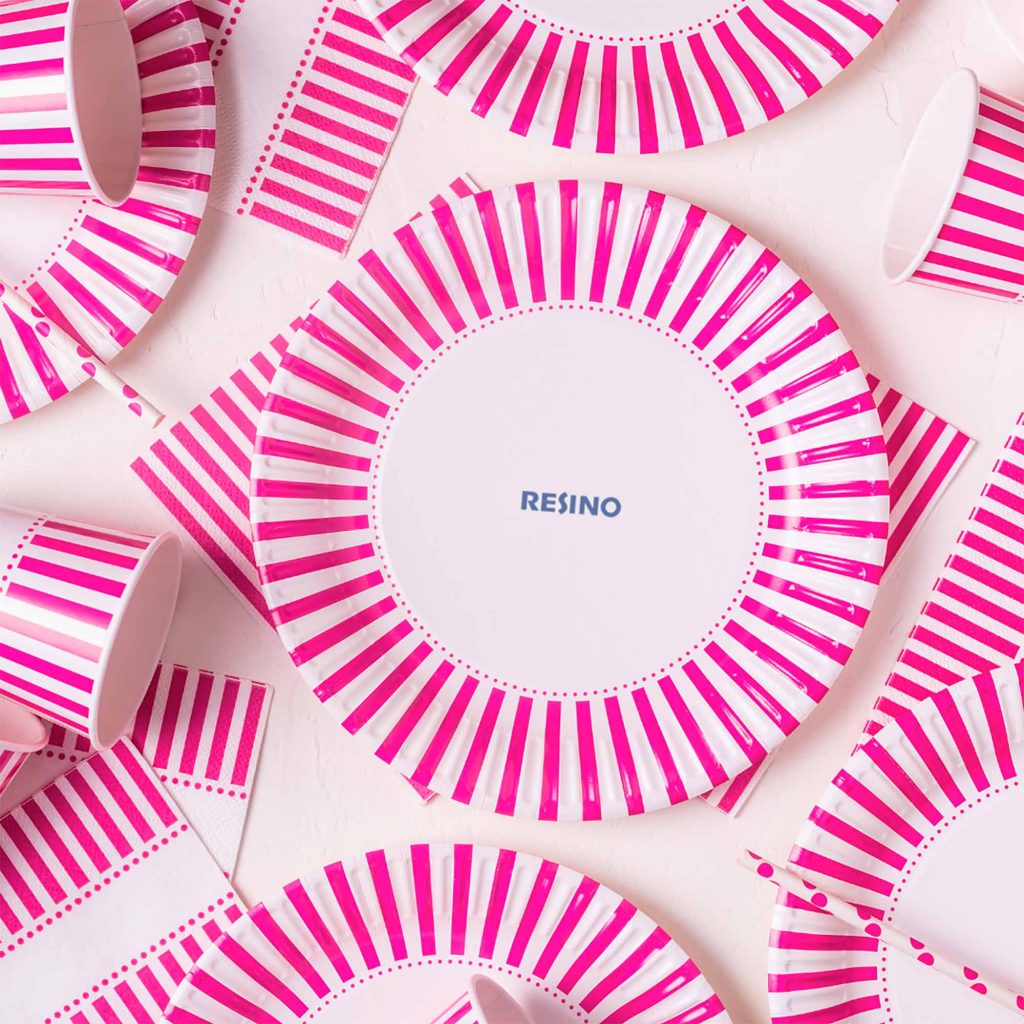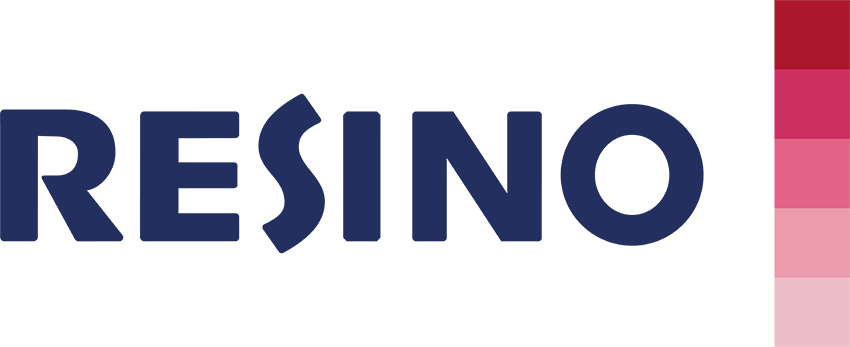There is a great focus on switching from plastic to paper and board packaging. However, paper and board packaging do not offer the same protective features as plastic packaging. Resino has developed varnishes for paper and board packaging, taking on the protective function.
Can you recognize this situation?
You are in the supermarket to buy apples. You find some apples in a tray of board, but you realize that the tray seems wet. Using board or paper instead of plastic is a challenge that many companies experience, because board and paper do not offer the same protective functions as plastic does. In this case, it resulted in a wet tray from ingress of outside moisture.
Yet, due to the increased environmental concerns, more sustainable solutions are demanded both from companies and consumers.
Furthermore, a new legislation has come into force within the EU, which bans the use of plastic for disposable tableware (European Union’s Single-Use Plastics Directive).
With the increased focus on reducing plastic consumption, there is also a great need in the market to reduce or eliminate plastic-coated food packaging and PE laminated wrapping paper.

Varnishes replacing plastic coating
When switching from plastic to paper and board, several difficulties occur regarding protecting food packaging and its content. Plastic is a great barrier, protecting food and prolonging the shelf-life of the food. At the same time, plastic is only rarely attacked by the food content, and plastic can act as a barrier allowing printing on the outside safely.
Therefore, eliminating plastic calls for an alternative to take on this protective function, and we support our customers in finding an alternative barrier.
We have developed varnishes which can replace the plastic coating – both on disposable tableware and food packaging.
The varnishes can also be used for wrapping paper for meat and cheese.
“The varnishes and inks support our customers’ goal to convert from plastic to paper and board products that comply with the EU Directive,” V.P. Commercial Director Niels Nielsen says.
The varnishes replacing the plastic coating are from the following ink series:
- REVALUC 156 varnish & ink series – based on acrylic binders
- REVALUX 164 varnish & ink series – based on natural materials

Biodegradable varnish
The varnishes from the REVALUX 164 ink series present an important milestone for Resino, as these varnishes are also biodegradable.
In this way, we can support a need for the business to be more environmentally friendly.
Protecting food packaging and its content
The varnishes protect the food packaging and its content in the following ways:
1. Protecting the packaging from being attacked by moisture, grease of other components from the food content
Foods are often greasy or moist. Grease and water both attack paper and board, which will cause discoloration or dissolve the packaging.
This can be solved by applying grease resistant or water-repellent coatings, which are available at Resino. In this way, the paper and board packaging will be protected from the grease or moisture from food.
These packaging solutions can also be used for other direct food contact materials, such as paper plates, paper cups, paper straws etc.

2. Protecting food content from migration of components from the outside coating or print
To protect the food in the packaging, a selection of water-based exterior and interior coatings are available. These protective coatings are specially developed for materials with direct food contact.
Inks approved for direct food contact require a specific safety standard
Inks can be selected with any desired degree of safety, from inks requiring a coating to protect the print and allowing direct food contact to inks where the nonvolatile components are all natural or food approved ingredients.
It is important to match the packaging to the exact use because approvals and safe components differ for different food categories. Resino is happy to assist in regulatory matters ensuring compliance.


